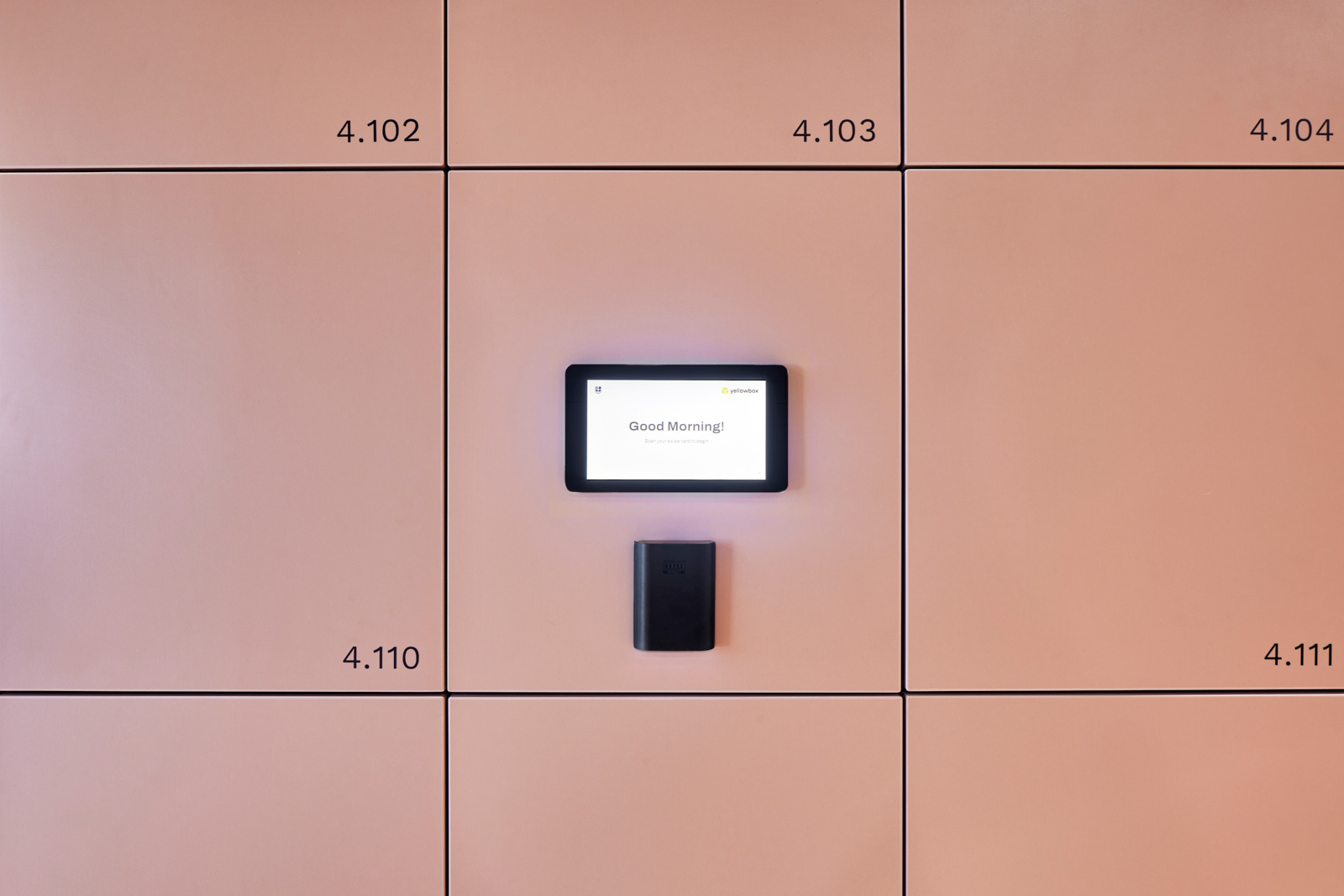The locker lock market has evolved over decades of storage use. Nowadays there are a wealth of options from key locks to smart locker systems and it's hard to understand what are the pros and cons of each.
Traditional locks can be classified as padlocks, key locks or combination (code) locks. These locks have been well understood for decades in terms of their benefits, being a relatively cheaper lock (compared to smart locks) and functionally straightforward.
However purchasers of traditional locks for their lockers, whether it be for a workplace or school, typically don’t consider the cost of traditional locks in the long run. Given the unsophisticated nature of traditional locks, they rely on human resources (typically workplace managers, administration, reception or facilities management) to maintain their functionality.
The most typical instance of time and resource investment comes when onboarding and offboarding users of lockers. This could be a daily occurrence for large workplaces or schools.
The infographic above compares the experience of managing the user onboarding and offboarding experiences for traditional locks and smart locks on lockers.
Onboarding new users onto using traditional lockers requires manual identification of which lockers are available and sourcing the associated key or code and providing that to the user, then updating the sheet. Compared to the self-serve Yellowbox system that requires no administration, unless management wants to allocate a specific locker to a user, in which they can do in two clicks on the dashboard.
Offboarding users from the traditional lockers can be more of a hassle than onboarding, in having to manually identify which locker was owned by the user and then tracking them down to retrieve their key or code. Compared to the Yellowbox system, which automates offboarding with the company active directory and the users locker is made available to use.
This is not to mention other instances of management time that is required when users lose their key or forget their code, or need assistance getting into their locker (because of a lock malfunction or security breach).
This time investment in managing traditional locks on lockers can cost large organisations or schools hundreds of thousands of dollars each year in resources, which far outweighs the cost savings in purchasing traditional locks over smart locker locks. The annual cost can be calculated for each organisation through this calculator.
Of course cost savings are only the tip of the iceberg in terms of the benefits of smart locker locks. This includes improved security, user & management experience, savings on number of lockers required, personalisations and analytics. Read more about their benefits here.
The Yellowbox team is always happy to provide our 'two cents' on what locker locks are fit for your project, don't hesitate to get in touch.
























